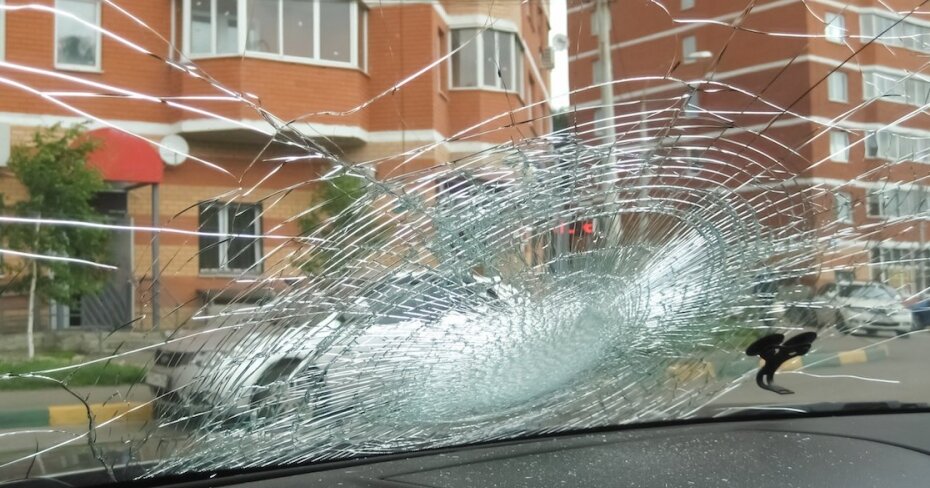Riots and road rage: who pays when angry pedestrians damage vehicles
By: Josh McConnell on September 10, 2018
We’ve all seen viral videos come across our digital feeds that show an impressive — and often frightening — act of road rage.
The videos show someone who is no doubt stressed or having a bad day. They get out of their car to walk to the car behind them and complain about a perceived wrong. Sometimes, just words are exchanged, but other times, the angry individual might start punching, kicking or damaging the other vehicle.
Other times, angry pedestrians take things even further: video from July shows a man jumping on the hood of a car in Toronto after it had crossed too far into the intersection.
But what happens to the owner of the vehicle that was damaged after the event takes place? Is he or she covered by insurance if they weren’t at fault?
“In a case like this where it is an individual intentionally damaging a vehicle… that is a comprehensive claim or all peril,” said Pete Karageorgos, a director of consumer and industry relations with the Insurance Bureau of Canada.
“Collision coverage involves coverage if your vehicle is moving, but if your vehicle is stopped or parked and someone else other than another vehicle or the road does the damage… that’s comprehensive or all peril.”
Comprehensive auto insurance is optional coverage and not mandated by the government, but it covers a variety of incidents and risks. For example, outside of the angry pedestrian case, damage done to your vehicle by upset family members or friends would also be covered. You’re also covered if your parked car is damaged during a protest or by overly excited sports fans that took to the streets following a big win.
“If you think about it, it’s kind of similar to vandalism cases. From time to time we hear about cases where perhaps there are vehicles that had their tires slashed in a particular neighbourhood or their paint scratched after someone keyed their car,” Karageorgos said.
“Even if you can imagine a parking lot situation where a runaway shopping cart damages your vehicle, that would be a comprehensive claim.”
The optional coverage covers more than just damage to vehicles by shopping carts or people banging on the hood, he added. If a car is stolen, damaged after hitting an animal or submerged in water due to sudden flooding — such as during recent storms in Toronto — then the payout would happen through comprehensive coverage.
While it doesn’t matter whether or not the other person who caused the damage has insurance for you to file a claim through your insurance, you can still choose whether or not you want to sue the individual, too.
“Many people have dash cams nowadays, so if you’re able to record (the incident) and prove it, then you may wish to pursue charges against that person,” Karageorgos said. “If the police do lay charges or even if you want to go to court and identify that person to sue them for the damages, you can do that.”
However, going through the court process to get back the cost of damages will obviously take longer, he added, so if someone wants a quicker and easier option then just filing a claim might be a better route.
“But if you do make a claim on your insurance policy, you have to recognize that your deductible will apply,” Karageorgos said.
“So if it’s a major dent and it costs $1,000 to repair, paint and make it like new again and your deductible is $1,000, then you wouldn’t have a claim. Or if the deductible is $500 then you would pay the first $500 and your insurance company will pay the rest, unless you go after the responsible party that did the damage.”
With various options for auto insurance, both mandatory and optional, it sometimes can get overwhelming and confusing. Knowing what falls under comprehensive, collision or liability can be a lot to take in for some people, and that’s something the Insurance Bureau of Canada would like to see fixed.
“The problem with insurance sometimes is that the language doesn’t make it easy for people to understand,” Karageorgos said.
“As an industry and as governments that mandate the product, I firmly believe that more should be done to try to simply the language so it’s a lot easier to understand in terms of what the coverages are.”


